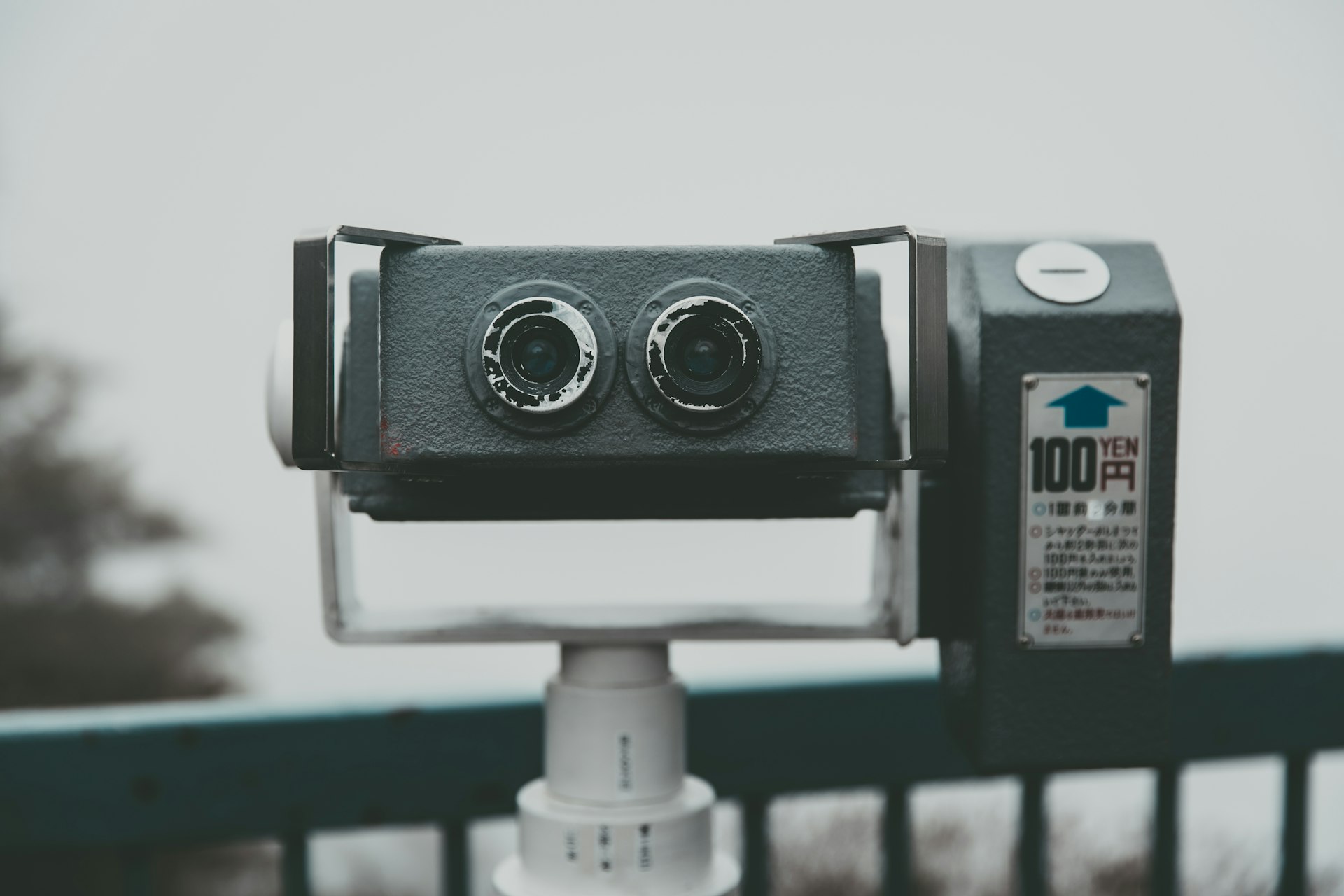2025’s Top Real Estate Photography Innovations: Captivating Online Listings That Sell

Photo by Marty O’Neill on Unsplash
Introduction: The New Era of Real Estate Photography
The landscape of real estate marketing is evolving rapidly. In 2025, capturing buyer attention online is more challenging-and more rewarding-than ever before. High-quality, immersive visuals are not just a bonus; they are now the foundation of a successful property listing. This comprehensive guide explores the latest real estate photography trends shaping online listings, with actionable steps, examples, and practical guidance for agents, sellers, and photographers aiming to maximize results.
Section 1: Immersive Visual Content-Why It Matters More Than Ever
Today’s buyers expect more than static images. Listings that leverage immersive content-such as 3D tours, short videos, and interactive virtual staging-consistently outperform those that rely solely on traditional photography. According to recent industry statistics, listings with professional visuals attract more than double the views compared to those with standard photos or owner-uploaded images [1] . This trend is driven by the shift in buyer behavior, where most prospective clients begin their search online and make rapid judgments based on first impressions.
To capitalize on this, agents and sellers should prioritize hiring skilled photographers who understand the nuances of lighting, composition, and the art of storytelling through images. For those new to the process, local real estate agencies or photography directories can connect you with qualified professionals. Additionally, many platforms offer guidance on selecting a photographer who specializes in real estate.
Section 2: The Rise of Video Marketing in Listings
Short-form videos are dominating buyer engagement. Platforms such as Instagram, TikTok, and Facebook Reels have conditioned consumers to expect quick, visually compelling content. A 30-second walkthrough video often communicates a property’s atmosphere far better than a gallery of static images [1] . Despite this, only about 10% of real estate agents currently leverage video in their listings, highlighting a significant opportunity for differentiation [2] .
To implement video marketing, consider the following steps:
- Consult with a photographer or videographer experienced in real estate walkthroughs.
- Use gimbals or drones for smooth movement and dynamic perspectives.
- Keep videos under one minute for maximum engagement.
- Highlight key features and the property’s unique selling points.
If you’re not sure where to find a qualified videographer, you can search online for “real estate video production near me” or request referrals from your local real estate board.
Section 3: Drone Photography-Expanding the View
Drone photography is now used by over 80% of real estate agencies, offering stunning aerial perspectives of properties and their surroundings [2] . These images provide buyers with a clearer understanding of the property’s layout, lot size, and neighborhood context-details difficult to capture from ground level [3] .
Implementing drone photography typically requires a licensed operator. Many real estate photography companies offer bundled packages that include both interior and aerial shots. If you’re interested in exploring this option, check with your state’s licensing requirements or search for “FAA-certified drone operators for real estate photography.”
Potential challenges include weather limitations and local regulations. Always verify that your chosen photographer complies with local drone laws to avoid legal complications.
Section 4: Virtual Staging and 3D Tours-Enhancing the Buyer Experience
Virtual staging allows empty homes to appear fully furnished using advanced software, helping buyers envision the property’s potential without the cost or logistical challenges of physical staging [3] . Approximately 22% of listings now feature virtual tours, which provide an interactive, room-by-room walkthrough experience [2] . Technologies like Matterport and Insta360 have made it easier for agents of all sizes to offer these services [4] .
To get started with virtual staging or 3D tours:
- Contact a real estate photography provider that specializes in digital staging or 3D capture.
- Ask for portfolios to compare their staging styles and tour quality.
- Discuss your target buyer demographic to ensure the staging matches market preferences.
Alternatively, some real estate technology platforms allow agents to upload their own photos and apply virtual staging tools directly. You can search for “virtual staging software for real estate” to evaluate available options.
Challenges may include additional costs and the learning curve of new software. However, these investments are often offset by faster sales and higher perceived property value.
Section 5: Artificial Intelligence in Image and Video Editing
AI-powered editing tools are revolutionizing the speed and quality of real estate marketing materials. Solutions like ProperShot and Luma AI’s Dream Machine can remove unwanted objects, retouch images, and even generate dynamic video content with minimal manual effort [5] .
For agents and photographers, adopting AI editing tools involves:
- Researching reputable AI photo editing platforms and reviewing user testimonials.
- Starting with free trials to test features such as object removal and color correction.
- Integrating these tools with standard photography workflows to accelerate turnaround.
While AI can streamline post-production, human oversight is still essential to maintain natural-looking results. If you’re unsure which tool to use, consult with professional real estate photographers or industry forums for recommendations based on your specific needs.
Section 6: Collaboration and Feedback in the Digital Age
Seamless collaboration between agents, photographers, and sellers ensures that listings are polished and effective. Platforms like ReviewStudio facilitate direct feedback by allowing stakeholders to comment on images and videos in real time, reducing miscommunications and speeding up revisions [5] .
To utilize collaboration platforms:
- Ask your photography team if they use digital proofing tools for client feedback.
- Request access to the platform so you can review and annotate images directly.
- Set clear timelines for review and revisions to keep your listing launch on schedule.
This approach is especially beneficial for teams working remotely or across multiple listings, ensuring consistent quality and faster time to market.
Section 7: Augmented and Virtual Reality-Looking Ahead
Augmented reality (AR) and virtual reality (VR) are emerging as powerful tools for immersive property tours. Although not yet standard across the industry, early adopters are using AR/VR experiences to let buyers “walk through” homes remotely [4] . While widespread implementation may take several more years, agents interested in exploring these technologies can start by researching AR/VR vendors and requesting demonstrations tailored for real estate applications.

Photo by Alex Tyson on Unsplash
Potential challenges include higher upfront costs and the need for compatible devices. For now, virtual tours and 3D walkthroughs offer a practical entry point into immersive experiences.
Section 8: Actionable Steps to Implement the Latest Trends
To embrace the latest trends in real estate photography for online listings, consider the following actionable steps:
- Assess your current marketing assets and identify gaps in immersive content.
- Research and connect with local real estate photographers who offer video, drone, and virtual staging services.
- Experiment with AI-powered editing tools to streamline your workflow.
- Utilize collaboration platforms to enhance communication and speed revisions.
- Stay informed about emerging AR/VR technologies by subscribing to real estate marketing newsletters and attending industry conferences.
If you’re unsure where to start, you can reach out to your local real estate association for recommended vendors or search for “real estate photography services near me” to compare providers. Always request portfolios and testimonials to ensure quality and reliability.
References
- BeatColor (2025). Real Estate Photographer: A Modern Guide for 2025.
- Matterport (2023). Key Real Estate Photography Statistics to Know in 2025.
- Styldod (2025). 7 Real Estate Photography Trends for 2025.
- Cole Connor (2025). The Future of Real Estate Photo & Video – Are You Ready For 2025?
- PropTech Consulting (2025). Thriving as a Real Estate Photographer in 2025.
MORE FROM resultsfordeals.com













